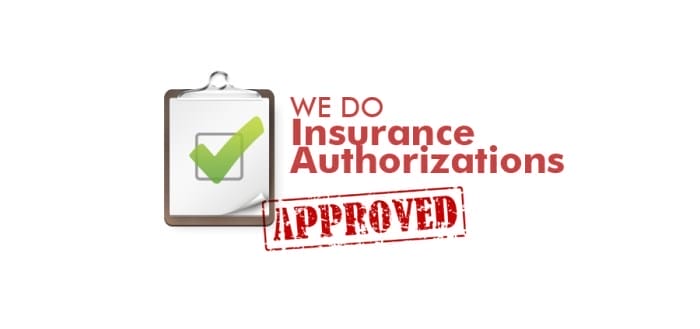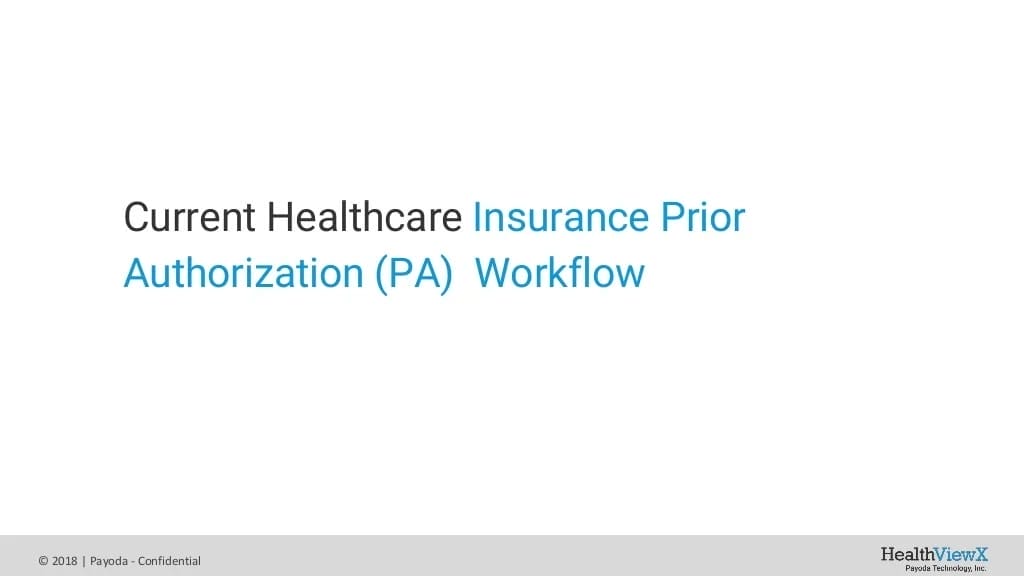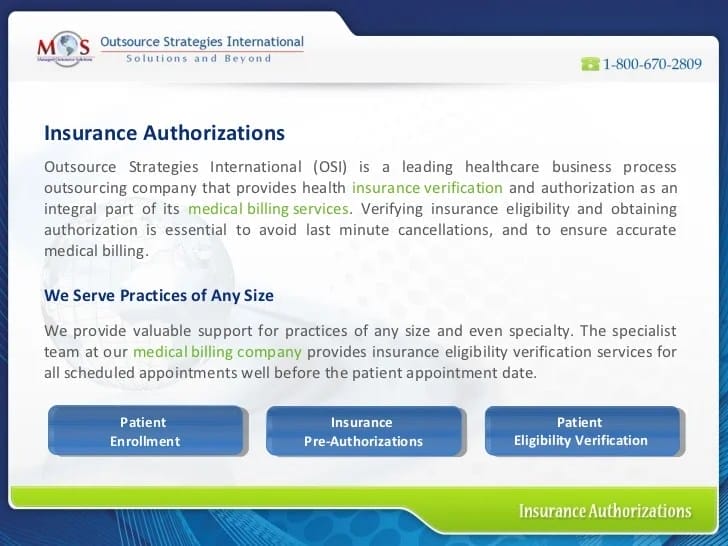In the fast-paced world of insurance, staying organized is crucial for authorization coordinators. By maintaining a well-structured system, coordinators can ensure efficient processing of claims, minimize errors, and enhance customer satisfaction. This comprehensive guide delves into practical tips and strategies to help insurance authorization coordinators stay organized and excel in their roles.
Effective organization not only streamlines daily tasks but also plays a vital role in maintaining compliance, reducing the risk of audits, and fostering a positive work environment. Coordinators who are organized are more likely to meet deadlines, avoid costly mistakes, and build strong relationships with stakeholders.
Define tips to be organized for insurance.

In the realm of insurance, organization is paramount to safeguarding your financial well-being and ensuring a smooth claims process. Being organized not only saves you time and money but also helps you make informed decisions, mitigate risks, and maintain peace of mind.
Let’s delve into the importance of being organized for insurance purposes:
Benefits of Being Organized
- Efficient Claims Processing: A well-organized insurance file enables you to provide necessary documentation promptly, expediting the claims process and minimizing delays.
- Accurate Record-Keeping: Organization ensures you have a comprehensive record of your insurance policies, coverage details, and correspondence, making it easier to track and manage your insurance needs.
- Informed Decision-Making: When you’re organized, you can easily compare different insurance policies, understand your coverage options, and make informed decisions that align with your financial goals and risk profile.
- Risk Mitigation: Organization helps you identify potential risks and take proactive steps to mitigate them, reducing the likelihood of costly claims and ensuring adequate coverage.
- Peace of Mind: Knowing that your insurance affairs are in order provides peace of mind, allowing you to focus on other aspects of your life without worrying about insurance-related issues.
Examples of How Being Organized Can Save Time and Money
Here are a few instances where being organized can save you both time and money:
- Quick Claims Processing: When you have all the necessary documents and information readily available, your insurance claim can be processed quickly, reducing the time it takes to receive your payout.
- Lower Premiums: Insurance companies often offer discounts to organized policyholders who maintain accurate records and provide timely payments. Being organized can help you secure these discounts and save money on your insurance premiums.
- Fewer Mistakes: Organization reduces the likelihood of errors in your insurance paperwork, which can lead to claim denials or delays. This can save you time and money in the long run.
- Improved Customer Service: Insurance companies appreciate organized customers who are proactive in managing their policies. This can lead to better customer service and a more positive experience when dealing with insurance matters.
Create a List of Essential Documents to Keep Organised for Insurance Purposes

Organising and maintaining essential documents related to insurance is crucial for ensuring a smooth and hassle-free experience when filing claims or managing policies. By keeping track of these documents, you can streamline the process, expedite approvals, and avoid potential delays or denials.
List of Essential Documents
- Insurance Policies: Keep copies of all your active insurance policies, including health, auto, homeowners, renters, and life insurance. These documents Artikel the terms, conditions, coverage limits, and premiums associated with each policy.
- Policy Declarations: These documents provide a summary of your insurance coverage, including the policy number, effective dates, and a brief description of the coverage provided.
- Proof of Insurance: Maintain proof of insurance, such as an insurance card or certificate, for each active policy. This is particularly important for auto insurance, as it is required by law in many jurisdictions.
- Claims History: Keep a record of all claims you have filed, including the date of the claim, the reason for the claim, and the amount of the settlement or payout.
- Medical Records: For health insurance, maintain copies of medical records, including doctor’s visits, hospital stays, prescriptions, and test results. These records provide evidence of medical expenses and support claims for reimbursement.
- Property Records: For homeowners or renters insurance, keep records of your personal property, including receipts, warranties, and photos. This documentation helps substantiate the value of your belongings in case of a claim.
- Vehicle Records: For auto insurance, maintain vehicle registration, maintenance records, and accident reports. These documents provide proof of ownership, maintenance history, and details of any accidents.
- Correspondence: Keep copies of all correspondence related to your insurance policies, including emails, letters, and phone call records. This documentation can be useful in case of disputes or questions about your coverage.
Design a system for storing and organizing insurance documents.
An organized system for storing and managing insurance documents is essential for ensuring quick and easy access to crucial information whenever needed. Establishing a dedicated space and implementing effective organizational strategies will help you stay on top of your insurance paperwork.
Creating a Dedicated Storage Space
- Select a suitable location: Choose a safe and easily accessible place in your home or office to store your insurance documents.
- Use labeled containers: Invest in labeled containers, folders, or binders to categorize and store your documents.
- Digital storage: Consider using a cloud-based storage platform or a secure digital filing system to back up your important documents.
Organizing Insurance Documents
- Create categories: Group your insurance documents into distinct categories, such as health insurance, auto insurance, property insurance, and life insurance.
- Use a filing system: Implement a filing system that works best for you, such as alphabetical order, chronological order, or a combination of both.
- Label and date documents: Clearly label each document with its type, policy number, and expiration date.
- Maintain a central record: Keep a central record of all your insurance policies, including policy numbers, contact information, and coverage details.
Compare different methods for organizing insurance documents.

To stay organized and ensure easy access to important insurance documents, it’s essential to establish an efficient organizational system. Various methods offer different advantages and disadvantages, and the choice depends on individual preferences and the volume of documents handled.
Physical Filing System
A traditional method, physical filing involves storing documents in folders or binders. This approach allows for easy categorization and quick retrieval of documents. However, it can be challenging to maintain and requires dedicated storage space.
Benefits:
- Easy to set up and use.
- Documents are easily accessible and tangible.
- Provides a clear visual representation of insurance policies and documents.
Drawbacks:
- Requires physical storage space.
- Documents can be easily lost or misplaced.
- Not suitable for large volumes of documents.
Example:
Create folders for each insurance policy, with subfolders for different types of documents, such as policy summaries, declarations pages, and claims forms.
Digital Filing System
Digital filing involves storing insurance documents electronically on a computer or cloud storage service. This method offers easy access from multiple devices and allows for quick searching and retrieval. However, it requires a reliable internet connection and may raise security concerns.
Benefits:
- Easy to search and retrieve documents.
- Can be accessed from multiple devices with internet connection.
- Saves physical storage space.
Drawbacks:
- Requires a reliable internet connection.
- Security concerns, such as data breaches or hacking.
- Digital files can be easily deleted or corrupted.
Example:
Use a cloud storage service like Google Drive or Dropbox to store insurance documents. Create folders for each policy and subfolders for different types of documents.
Hybrid Filing System
A hybrid filing system combines physical and digital storage methods. This approach offers the benefits of both systems, allowing for easy access to frequently used documents while keeping less frequently used documents in physical storage.
Benefits:
- Combines the advantages of both physical and digital filing systems.
- Provides easy access to frequently used documents.
- Saves physical storage space for less frequently used documents.
Drawbacks:
- Requires maintenance of both physical and digital systems.
- May be more complex to manage than a single filing system.
Example:
Keep frequently used documents, such as current insurance policies and claims forms, in a physical file. Store less frequently used documents, such as old policies or correspondence, digitally.
Detail the role of technology in organizing insurance documents.

Technology has transformed the way insurance documents are organized and managed. Digital tools offer numerous benefits, including ease of access, improved efficiency, and enhanced security.
Digital tools such as cloud storage platforms, document management software, and mobile apps provide a centralized and secure location to store and organize insurance documents. These tools allow users to easily upload, categorize, and search for documents, making them instantly accessible from any device with an internet connection.
Benefits of using digital tools to organize insurance documents.
- Convenience: Digital tools provide easy access to insurance documents from anywhere, at any time, on any device with an internet connection.
- Efficiency: Digital tools allow users to quickly search for and retrieve documents, eliminating the need to manually search through physical files.
- Security: Digital tools offer enhanced security features, such as encryption and password protection, to safeguard sensitive insurance information.
- Organization: Digital tools provide various organizational features, such as folders, tags, and metadata, to help users categorize and manage documents effectively.
- Collaboration: Digital tools facilitate collaboration among multiple users, allowing insurance professionals to share and discuss documents securely.
Examples of digital tools that can be used to organize insurance documents.
- Cloud storage platforms: Cloud storage platforms, such as Google Drive, Dropbox, and Microsoft OneDrive, provide a secure online space to store and organize insurance documents. They offer features like file sharing, synchronization, and access control.
- Document management software: Document management software, such as Laserfiche, M-Files, and eFileCabinet, provides advanced features for organizing, managing, and tracking insurance documents. These tools offer robust search capabilities, version control, and document workflow automation.
- Mobile apps: Mobile apps, such as Adobe Acrobat Reader, DocuSign, and Evernote, allow users to access, view, and edit insurance documents on their smartphones or tablets. These apps offer features like document scanning, annotation, and electronic signatures.
Create a plan for reviewing and updating insurance documents.

Establishing a systematic plan for reviewing and updating insurance documents is crucial for ensuring their accuracy and effectiveness. This proactive approach enables individuals to make informed decisions, respond to changing circumstances, and maintain optimal coverage.
Importance of reviewing and updating insurance documents:
- Compliance with Legal Requirements: Insurance policies are legal contracts, and reviewing documents ensures compliance with regulations and contractual obligations.
- Risk Management: Regularly reviewing documents helps identify gaps in coverage and potential risks, allowing for adjustments to mitigate potential losses.
- Financial Planning: Insurance documents provide valuable information for financial planning, such as premium payments, coverage limits, and deductibles.
- Changes in Circumstances: Life events like marriage, birth, property acquisition, or career changes may necessitate updates to insurance coverage.
- Inflation Adjustment: Reviewing documents ensures that coverage limits keep pace with inflation, maintaining adequate protection against financial losses.
Checklist for reviewing insurance documents:
- Policy Declarations: Verify the accuracy of personal information, coverage details, and policy limits.
- Coverage Limits: Assess whether current limits align with evolving needs and changing circumstances.
- Deductibles and Copayments: Review deductibles and copayments to ensure they are manageable and within budget.
- Exclusions and Limitations: Understand what is not covered under the policy to avoid unexpected claim denials.
- Beneficiaries: Ensure that beneficiaries are up-to-date and reflect current wishes.
- Premium Payments: Review payment schedules and methods to avoid lapses in coverage due to missed payments.
- Riders and Endorsements: Check for additional coverage options that may enhance protection.
- Claims History: Review past claims to identify trends, potential risks, and areas for improvement.
Design a template for organizing insurance documents.
To maintain order and accessibility, it’s essential to establish a well-structured template for organizing insurance documents. This template should serve as a framework to categorize and store your insurance-related paperwork efficiently.
Benefits of Using a Template
Adopting a standardized template for organizing insurance documents offers several advantages:
- Consistency: A template ensures a uniform approach to organizing documents, making it easier to locate specific information quickly.
- Time-Saving: By following a predefined structure, you can save time searching for documents, reducing the likelihood of delays or missed deadlines.
- Enhanced Accessibility: A well-organized system allows you to access documents effortlessly, whether you’re at home, in the office, or on the go.
- Improved Decision-Making: Easy access to organized documents facilitates informed decision-making regarding insurance coverage, claims, and policy changes.
Sample Template for Organizing Insurance Documents
Here’s a sample template that you can adapt to organize your insurance documents effectively:
- Personal Information: Keep copies of your ID, driver’s license, and Social Security card in a secure location.
- Insurance Policies: Store all active insurance policies in one designated folder or binder. Include details like policy numbers, coverage limits, and expiration dates.
- Claims Documentation: Maintain a separate folder for insurance claims. Include claim forms, supporting documents, and correspondence with the insurance company.
- Financial Records: Keep receipts and invoices related to insurance payments and premiums. Organize them chronologically for easy reference.
- Correspondence: Store all correspondence with insurance companies, including policy changes, renewal notices, and claim-related communications.
- Beneficiary Information: Keep a record of your designated beneficiaries for each insurance policy.
By implementing this template, you can establish a systematic approach to managing your insurance documents, ensuring their accessibility and streamlining the process of retrieving information when needed.
Share best practices for organizing insurance documents for specific types of insurance (auto, home, health, life, etc.).

Organizing insurance documents can be a daunting task, especially when you have multiple policies from different providers. However, by following some simple best practices, you can keep your insurance documents organized and easily accessible.
Here are some tips for organizing insurance documents for specific types of insurance:
Auto Insurance
Keep all of your auto insurance documents in one place, such as a binder or folder. This includes your policy declaration page, your insurance card, and any other documents related to your auto insurance policy.
Make sure to keep your insurance card in your vehicle at all times. This is required by law in most states, and it will help you to prove that you have insurance if you are involved in an accident.
Review your auto insurance policy each year to make sure that you have the right coverage. Your needs may change over time, so it is important to make sure that your policy is up-to-date.
Home Insurance
Keep all of your home insurance documents in one place, such as a binder or folder. This includes your policy declaration page, your insurance card, and any other documents related to your home insurance policy.
Make sure to keep your insurance card in a safe place at home. You may need it if you need to file a claim.
Review your home insurance policy each year to make sure that you have the right coverage. Your needs may change over time, so it is important to make sure that your policy is up-to-date.
Health Insurance
Keep all of your health insurance documents in one place, such as a binder or folder. This includes your insurance card, your Explanation of Benefits (EOB) statements, and any other documents related to your health insurance policy.
Make sure to keep your insurance card with you at all times. You may need it when you go to the doctor or the hospital.
Review your health insurance policy each year to make sure that you have the right coverage. Your needs may change over time, so it is important to make sure that your policy is up-to-date.
Life Insurance
Keep all of your life insurance documents in one place, such as a binder or folder. This includes your policy declaration page, your insurance card, and any other documents related to your life insurance policy.
Make sure to keep your insurance card in a safe place at home. You may need it if you need to file a claim.
Review your life insurance policy each year to make sure that you have the right coverage. Your needs may change over time, so it is important to make sure that your policy is up-to-date.
Explain the benefits of being organized for insurance purposes to insurance companies.
Being organized for insurance purposes provides numerous advantages to insurance companies, leading to increased efficiency, cost savings, and improved customer service.
Save time and money
Organization enables insurance companies to retrieve information quickly, reducing the time spent searching for documents or data. This streamlined process translates into cost savings as employees can allocate more time to productive tasks rather than administrative duties.
Better customer service
Organization facilitates prompt and accurate responses to customer inquiries, enhancing the overall customer experience. Organized insurance companies can efficiently address customer needs, resolve issues, and provide timely updates, leading to increased customer satisfaction and loyalty.
Final Summary
In conclusion, staying organized is a cornerstone of success for insurance authorization coordinators. By implementing the strategies Artikeld in this guide, coordinators can enhance their productivity, improve accuracy, and deliver exceptional customer service. Embracing organization as a core principle empowers coordinators to navigate the complexities of the insurance industry with confidence and achieve卓越卓越 卓越.
FAQs
Question: What is the significance of maintaining organized insurance documents for insurance companies?
Answer: Organized insurance documents streamline claims processing, reduce the risk of errors and fraud, facilitate audits, and enhance customer satisfaction. They also enable insurance companies to make informed decisions, respond promptly to inquiries, and provide superior service to policyholders.
Question: How can technology assist insurance authorization coordinators in staying organized?
Answer: Technology offers a range of tools and platforms that can help insurance authorization coordinators organize and manage their work efficiently. These tools include document management systems, digital filing cabinets, cloud storage, and collaboration software. They enable coordinators to securely store, access, and share documents, track tasks, and communicate with colleagues and customers.
Question: What are some best practices for organizing insurance documents for specific types of insurance (auto, home, health, life, etc.)?
Answer: Organizing insurance documents for specific types of insurance involves creating separate folders or categories for each policy. Within each folder, documents should be further organized by type (e.g., policy declarations, claims forms, correspondence) and date. It is also important to keep up-to-date information, such as changes in coverage or beneficiaries, and regularly review and update documents to ensure accuracy.



